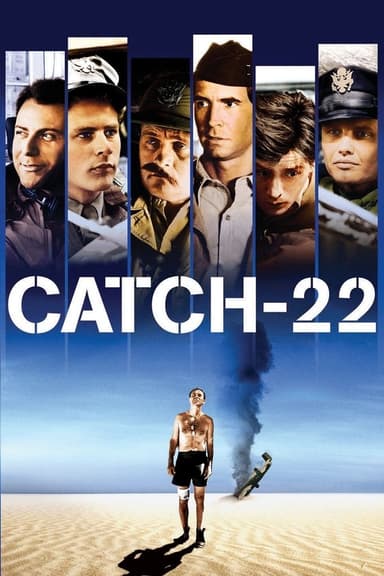
The Aviator
1985 • Adventure, Drama, Romance • PG
A 1920s mail pilot and a rich man's daughter crash-land on a mountain full of hungry wolves.
Runtime: 1h 36m
Why you should read the novel
Ernest K. Gann’s original novel, ‘The Aviator,’ immerses readers in the visceral terror and awe of early flight above the untamed wilderness, creating an atmosphere only hinted at in the film. Through Gann’s nuanced prose, the narrative dives deep into the psyche of its protagonist, offering intimate insights into his fears, memories, and motivations that film simply cannot capture on screen.
Beyond the suspense and survival, the novel spins a profound reflection on human endurance, isolation, and resourcefulness. Readers are invited to savor lush internal monologues, a richly textured setting, and Gann’s authentic experience as a pilot. These qualities enable a far richer emotional journey than the movie adaptation delivers.
Choosing the book allows you to experience a story shaped by language and imagination—a far more intricate tapestry of emotion and introspection. Dive into Ernest K. Gann’s world, where every page crackles with tension and hope, leaving a lasting impression long after the final chapter.
Adaptation differences
One significant difference between Ernest K. Gann’s novel and the 1985 film adaptation is the depth of the protagonist’s internal life. The book meticulously details Frank Towns’s inner thoughts, emotions, and personal reflections as he battles the elements, creating a psychological portrait that the film—restricted by its visual medium—condenses into dialogue and action.
Additionally, the novel places a greater emphasis on the relationship between Towns and his young passenger, the bond growing organically amid crisis. The film, on the other hand, streamlines their interactions, focusing more on survival elements than the gradual development of mutual trust and understanding depicted in the original text.
The narrative pacing differs markedly as well. Gann’s prose allows for moments of quiet desperation and contemplation, giving readers space to absorb the gravity of each predicament or reprieve. The movie accelerates certain events for dramatic effect, sacrificing some of the tension-building solitude that characterizes much of the novel.
Finally, the ending in the novel is more introspective and somewhat ambiguous—leaving room for interpretation about hope, regret, and the future. The film offers a more clear-cut resolution, providing audiences with a sense of closure but omitting the lingering uncertainty and complexity that Gann carefully constructs in his book.
The Aviator inspired from
The Aviator
by Ernest K. Gann




